Turnover isn't just an HR issue – it’s a leadership challenge. Learn six research-backed strategies to shift executive conversations and make retention a business priority in 2025.
Is Span of Control the Hidden Driver of Turnover?

Most executives can quote their turnover rates—or at least come close. But what about the underlying causes? The ones that don’t show up in the usual HR dashboards?
One of the most overlooked—and most powerful—drivers of turnover is span of control: the number of direct reports assigned to a single manager. The wider the span, the more employees a leader is expected to manage.
Here’s why that matters more than you think.
Span of Control: A Silent Culprit in Nurse Turnover
This issue is top of mind as we help several large hospital systems cut nurse turnover. But this challenge isn’t exclusive to healthcare—it’s just more visible there.
Since 2020, healthcare CEOs have faced relentless turnover among clinical staff. And while solutions like better pay, flexible schedules, and recognition programs are critical, they pale in comparison to one foundational factor: span of control.
One respected study said it plainly:
“Span of control was the strongest predictor of staff turnover.”
Even more powerfully, it concluded:
“No leadership style can overcome a wide span of control.”[i]
Let that sink in. Not salary. Not work-life balance. Not even leadership style. It’s span of control that predicts whether employees stay or go. And while this study focused on nurses, the principle holds in every industry.
—–
Further Reading: Each Nurse Exit Costs $56,300, and Their Retention is Important for All of Us
—–
From Healthcare to Call Centers: It’s a Universal Challenge
The link between span of control and turnover isn’t just academic—it’s backed by real-world cost data. We begin every engagement by calculating the actual cost of losing an employee. Here’s what we’ve found:
| Role | Cost per Exit |
| Nurse | $56,131 |
| Truck Driver | $21,221 |
| Call Center Rep | $29,447 |
| Software Engineer | $131,290 |
| Physician | $225,808 |
| Manufacturing Worker | $5,518 |
Now consider this: the average nurse manager oversees 74 direct reports.[ii]
In other industries—manufacturing, food processing, call centers—spans of 30+ are common. Some employers try to buffer with semi-supervisory roles (think team leads or charge nurses). But when we ask organizations whether these roles are truly accountable for turnover metrics, the answer is usually no. Which means they don’t truly count toward improving span of control.
These are just assistants, not leaders. And the span remains wide.
The Human Cost of Overextended Managers
Here’s the heart of it: People don’t leave jobs—they leave bosses.
And if employees rarely see their manager, how can trust form? How can feedback flow?
We often hear nurses say the only time they hear from their supervisor is when something goes wrong. That doesn’t build engagement—it erodes it.
Big spans of control are as overwhelming as they look. And they almost guarantee that employees won’t receive the individual coaching, trust, or connection that drives loyalty.
—–
Retention Resource: Cost of Turnover Calculator
—–
Rethinking the Math on Leadership Ratios
If your turnover is high, your spans of control are large, and you know how much each departure costs—it’s time to run the equation.
Would replacing charge nurses with true supervisors reduce your span by half?
Would adding another layer of real leadership lower turnover—at a fraction of the cost of repeated exits?
In call centers, where turnover costs nearly $30,000 per person, or even in entry-level manufacturing roles, the math still works. Everyone deserves a leader who knows their name, not just one who shows up when there’s a problem.
The Bottom Line
At some point, every organization must ask:
Are your employees empowered humans—or are they treated like robots, expected to self-regulate unless they go off track?
Reducing turnover starts with rethinking your span of control. That one metric could be the linchpin between constant backfilling and sustainable engagement.
Need a Starting Point? Let’s Talk.
If you’re facing high turnover but aren’t sure where to begin—or how to get executive buy-in—start with a conversation. Email me at DFinnegan@C-SuiteAnalytics.com, or reach out directly on LinkedIn to explore practical ways to cut turnover now.
If your nurse turnover is crippling and your dollars are stretched too thin, we have an innovative new offer to help you, with no out-of-pocket expenses you can start TODAY: Retain Nurses, Reclaim Dollars in 2025
[i] https://stti.confex.com/stti/inrc16/techprogram/paper_23430.htm
[ii] https://uknowledge.uky.edu/cgi/viewcontent.cgi?article=1202&context=dnp_etds



